In the sixties, avant-garde architectural group Archigram imagined the future of cities in their project Walking City. In this world, people would roam the globe and live nomadic, fast-paced urban lives while groups of itinerant buildings, conceived as machines for living, would actually follow them on land and sea to be plugged into utilities and information networks at different locations. Inspired by NASA’s towering mobile launch pads, the hovercraft, and science fiction comics, they anticipated that a technologically advanced society would have to meet the demands of a highly-mobile, fast-paced and rapidly-transforming globalized world. And they were right about that.
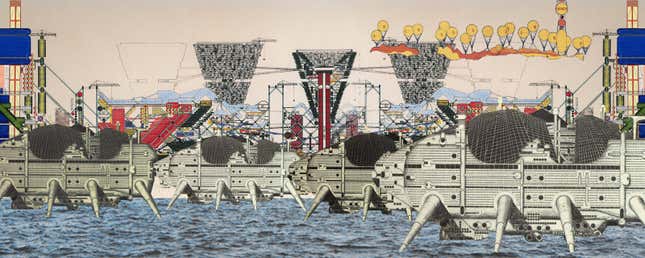
Yet, today’s cities are nothing like what the Walking City utopia envisioned—they are much less technocratic, much more down-to-earth and nothing like Blade Runner’s Los Angeles of the 21st century. But they are also changing constantly, rapidly and in many different, unexpected ways. So what is happening and how can we envision our urban future now?
Here are the five most interesting trends that define our cities today:
1. Preserving local identity
We live in an era that constantly urges us to think on a more global scale, with technology hosting our virtual lives and making us feel more like citizens of the world than any particular country. Ironically, this seems to have brought us a new, deeper and more objective appreciation of the local. We have a greater need to preserve identity and a greater desire to experience the authentic culture of the far-reaching places we visit. We are hungry for authentic local food, clothing, tradition and we are tired of the uniform global aesthetic of glass, steel and McDonalds; we want to see local design and architecture.
Lately we have witnessed many examples of new architecture that respects the cultural and geographical context of a city and literally builds upon its location, employing, celebrating and enhancing its unique features. This may mean drawing inspiration from the local building tradition like in the case of London New Horizon Youth Center—a very contemporary building of modern materials mirroring the style of the surrounding historical buidlings, gabled roof and all, or maybe referencing local visual and material culture, like the Ningbo Historic Museum in China does. It may also mean mimicking the local physical context like the Espana Library in Medellin in Colombia which looks like a natural extension of the rocks overlooking the city or even literally bringing the surrounding environment in the amazing Ann Arbor District Library in Michigan does just that, as the trees cut to clear the construction site were later utilized as pillars in the library’s interior.
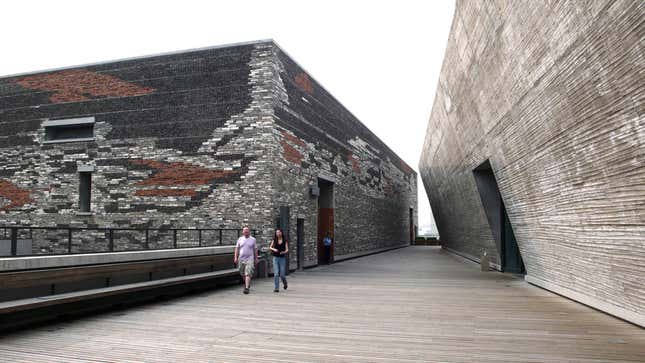
2. Reconstructing urban life
Combined with a slew of societal changes, like changes in working/living spaces and mobility patterns, our new appreciation of the local also leads to a strong decentralization of the very cities. In fact, our entire idea of urban planning is under construction, with more and more cities now completely ignoring the zoning patterns that have dominated throughout history; it is not about having designated parts of town for working, living and entertainment anymore.
In cities like London, Berlin, Toronto, Paris, and Vienna, neighborhoods are becoming multifunctional, with their own character and residents, with the vibrancy of small towns within a larger metropolis. Areas that were once considered decrepit, dangerous and avoided are now trendy and cool, crowded with young people and full of new restaurants and shops. This complexity challenges city authorities to think on a multidisciplinary level.
We have blurred zoning and singular purpose even on a micro level, in our very homes. Whereas just a decade ago it was a very rare thing to work from your own house, today, according to the Bureau of Labor Statistics, more than 20 million people work from home in the US alone. Home offices are quite common, giving rise to a whole new wave of interesting architectural solutions to the live/work spaces trend.
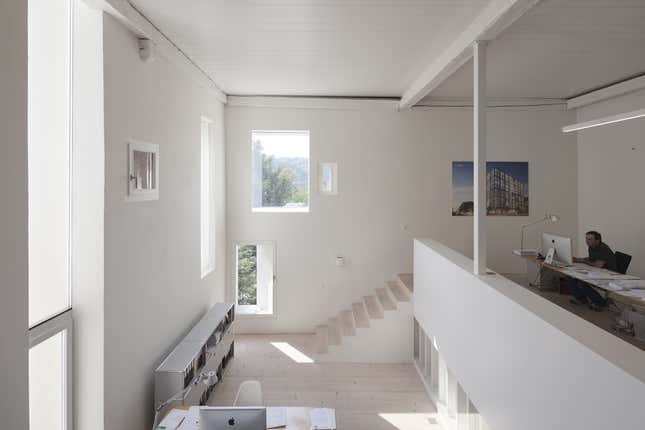
3.
Decentralization of power
When it comes to the urban environment and its development patterns, there is also an interesting trend of decentralization in the concentration of power. Control is not just in the hands of public authorities anymore. As it turns out, an important string of tendencies that shape the face of today’s cities come from the unconscious but powerful movements in society—just look at some of the most curious socio-urban phenomena of today, like urban squatting.
In many European countries, there are squatted houses used as residences or for social and cultural activities. Examples include the old lepers hospital outside Barcelona Can Masdeu and the former military barracks Metelkova in Slovenia. Squats can be run on anarchist or communist principles, as is the case with the Blitz in Norway. Young people squat buildings to use as concert venues for alternative types of music such as punk and hardcore. The eviction of one such Danish place, Ungdomshuset, in March 2007 received international news coverage.
Many architects and experts consider squatting the first sign of a community’s desire to reclaim a certain area. Indeed, it often triggers a transformation process which eventually leads to gentrification—the mighty contemporary (and people-driven) urban phenomenon that drastically changed the dynamic of cities like Berlin (and its Neukoln) and New York (Brooklyn).
Pop-up venues also represent yet another trend that changes the face of a city. Check for example this YouTube Theater, a pop-up cinema in the US that docks with your smart phone, or Park Associati’s pop-up restaurant designed to stay on top of a series of European landmarks. Again, as with all of the above examples, we are talking about an uncoordinated action of separate individuals, private ventures or market forces that have little to do with the decisions of the local city council.
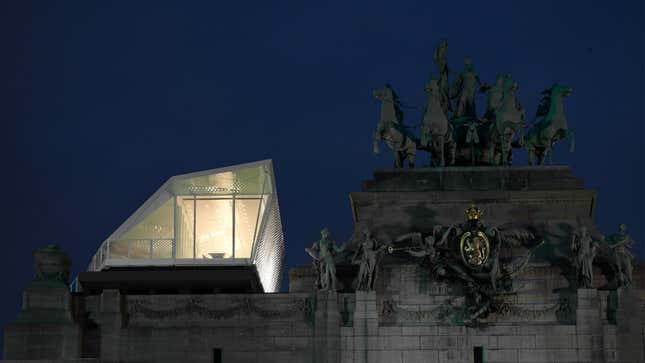
4. Real sustainability
If there is one big buzz word in city planning and architecture that defines the last two decades (and counting), it is ‘sustainability’. Commonly used to identify green architecture and design, the term was coined by the Brundtland Commission of the United Nations in 1987, as a development strategy that “meets the needs of the present without compromising the ability of future generations to meet their own needs.” Sadly but not surprisingly, people have often used it as a marketing tool rather than a sensible growth strategy. However, it is worth noting that the last decade of urban development has seen a return to sustainability’s initial definition.
We witness cities around the globe taking it seriously, planning long-term projects and new development campaigns responsibly. They are emerging as role models of the kind of environmental awareness that does not interfere with aesthetics and avoids showy green design pronouncements. Case in point: the London Olympics. Most of the buidlings and facilities built especially for it are already dismantled and re-located, succesfully downsized or adapted with a whole new purpose . Árchitecture and infrastructure-wise, these gameswill probably be best remembered for the ambitious plan to create a long-term legacy by addressing a vital, but often neglected question: What will become of all promotional architecture and urban designs after the frenzy dies down?
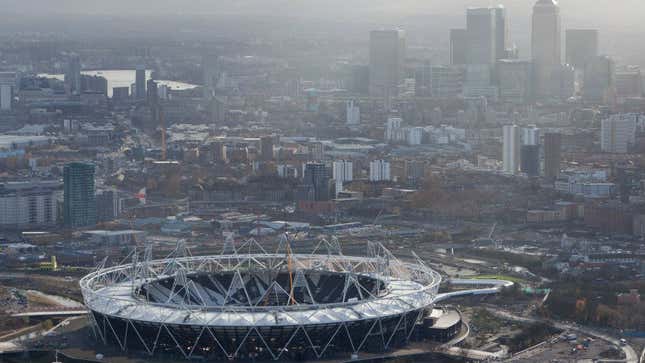
5. Re-use and Recycle
Maybe it was the recession or maybe it was the evolution of thought but the era of iconic ‘starchitecture’ and cosmic building costs is over. Instead today, the adapting, revitalizing, and re-use of existing buildings has established itself as a major instrument helping communities meet their needs in cities all around. From an architectural point of view, to reinvent a space for an entirely different use is not an easy task but the end results are usually vibrant and intriguing. They often link to both past and present, with an appeal to a wide audience, just like this slaughterhouse-turned-cinema center in Madrid, Spain.
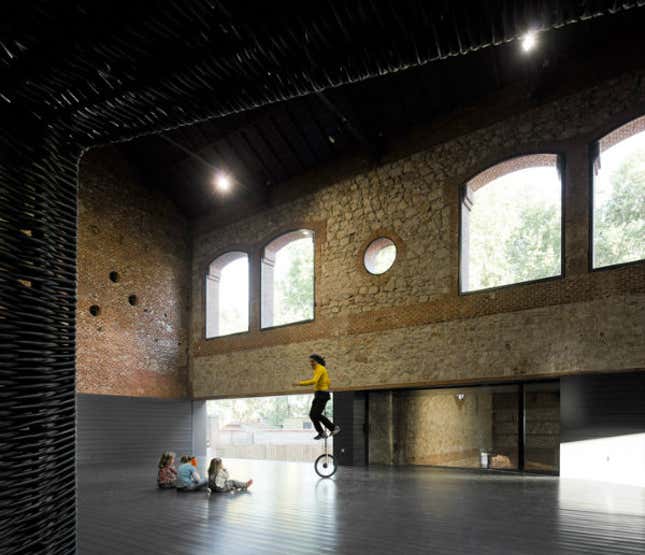
The same approach is successfully applied to facilities and infrastructure. The High Line is one of the signature projects that place New York in the top list of urban renewal trendsetters. It is a public park making the best possible use of the derelict infrastructure of a historic freight rail line elevated above the streets on Manhattan’s West Side.
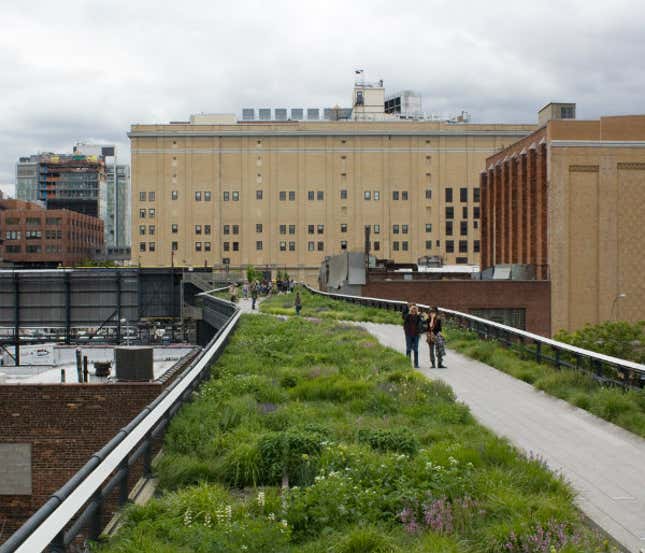
Even whole neglected areas yield to revamping, as long as there is someone who dares to take the challenge. A true sustainable design visionary, William McDonough transformed Ford Motor’s River Rouge factory industrial wasteland into a full-scale ecosystem. The 10-acre green roof retains and cleanses rainwater and moderates the internal temperature of the building, saving energy.
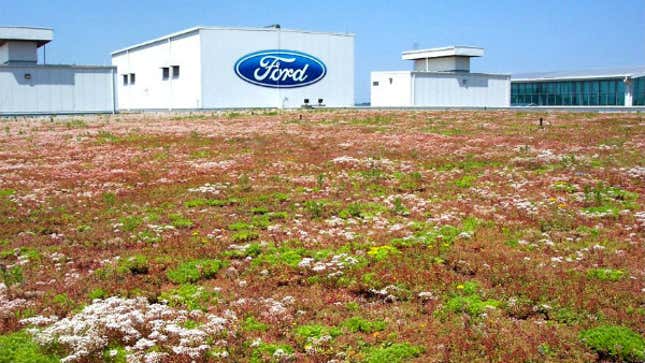
So what future do all of these trends pave the way for? And what do you see happening in your city?



